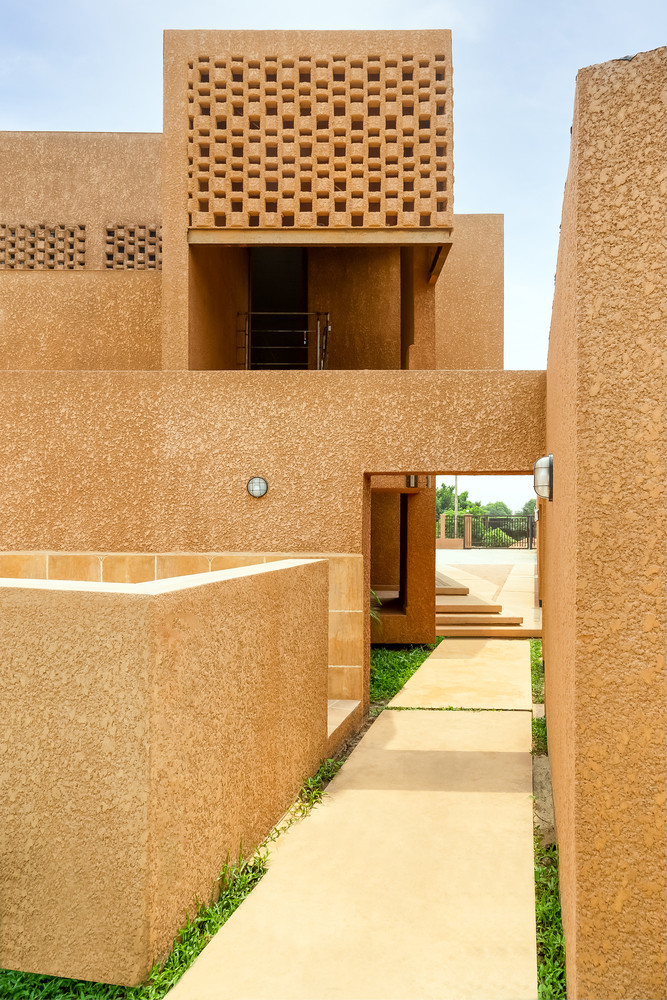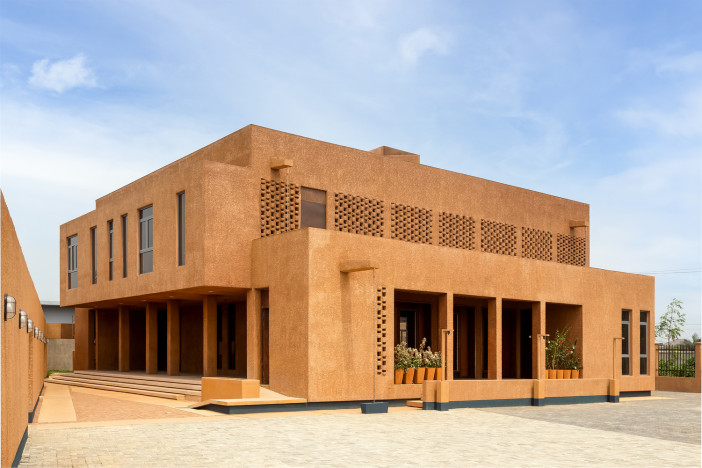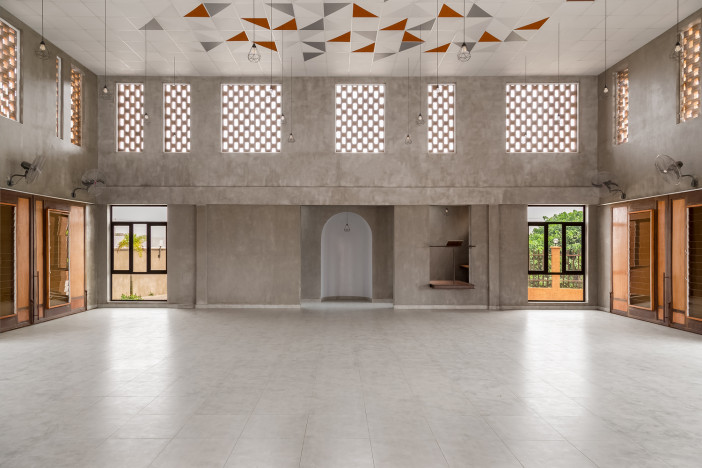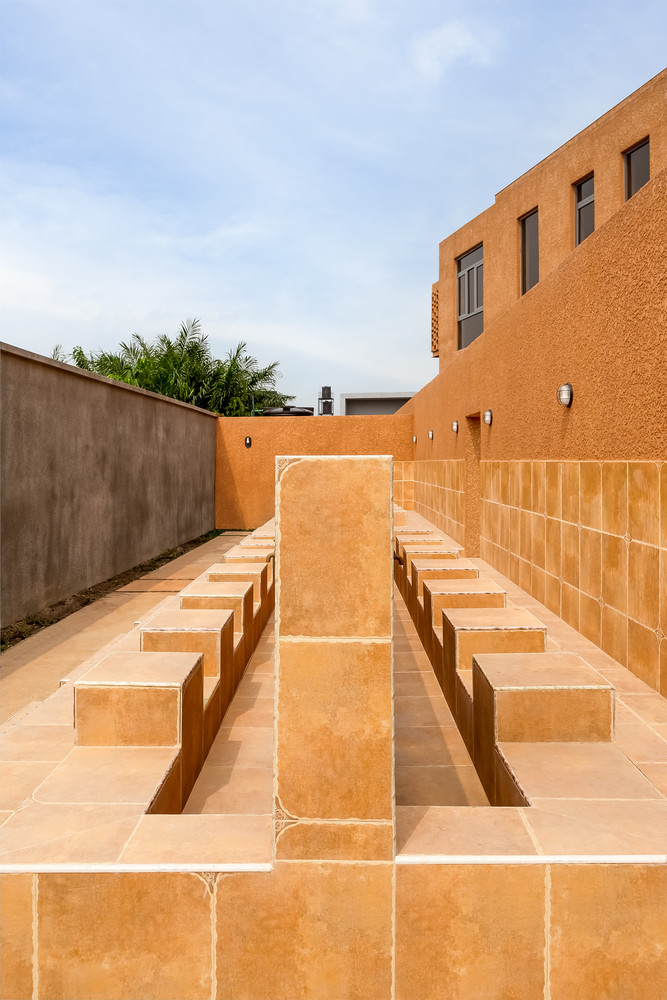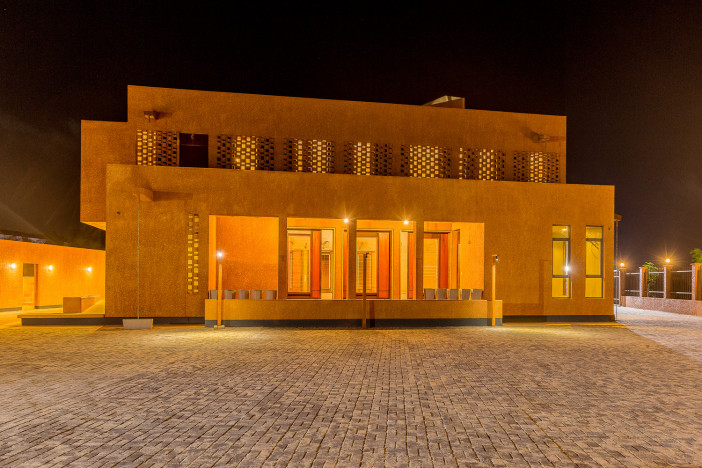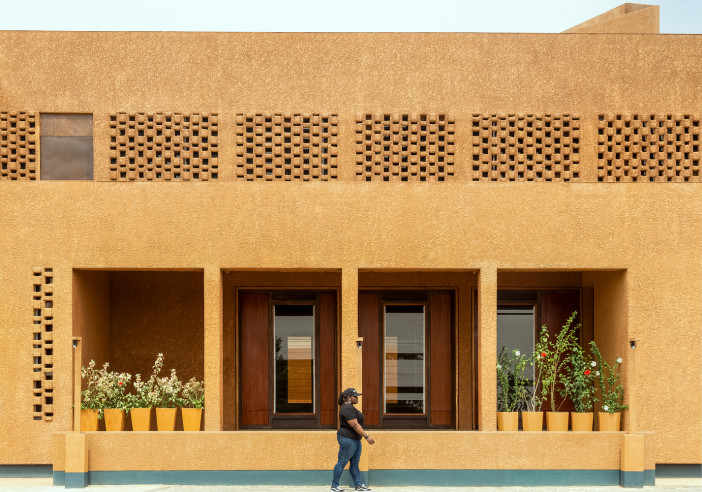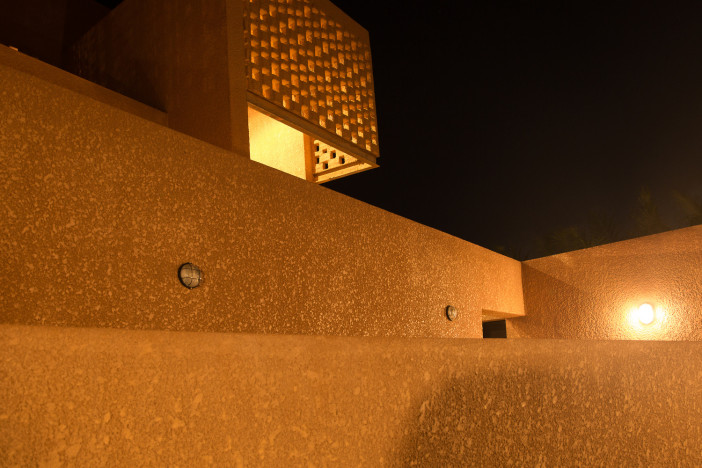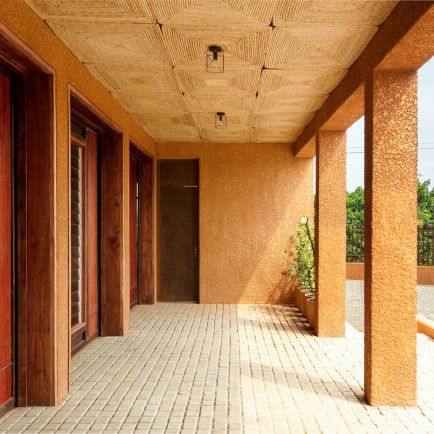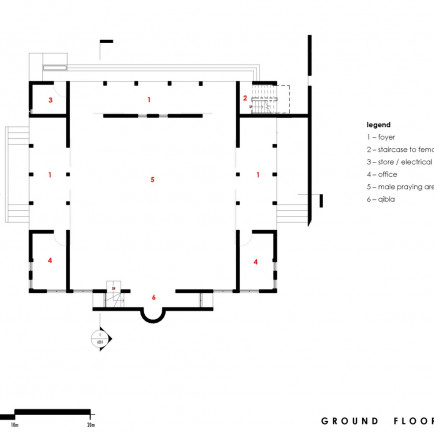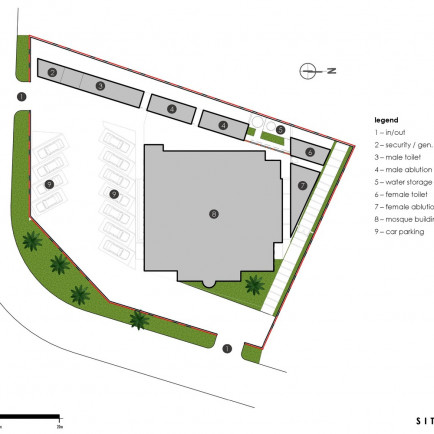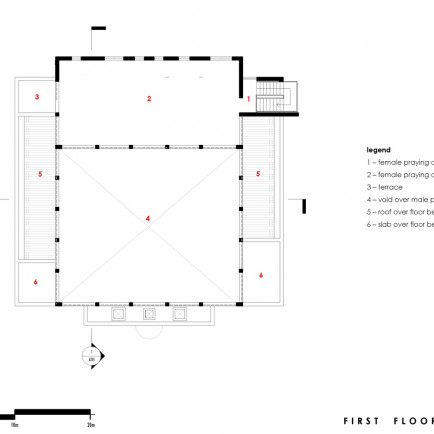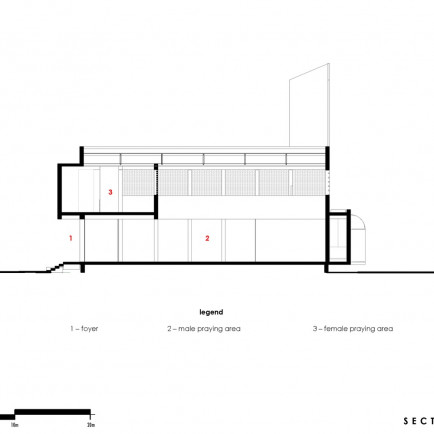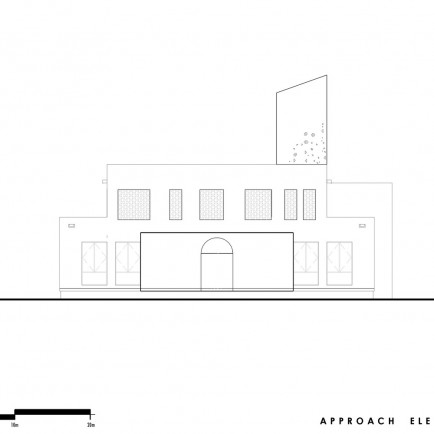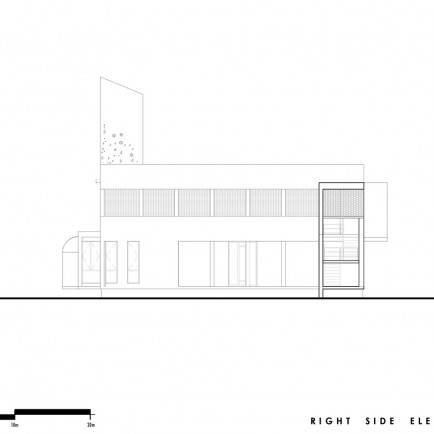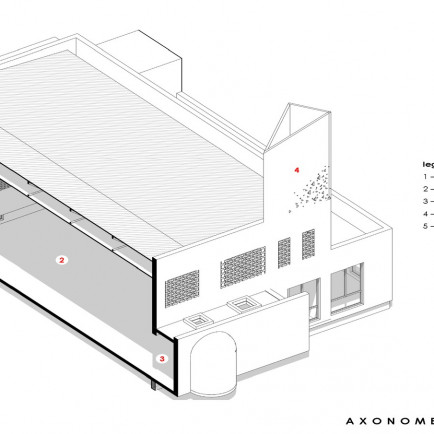Abijo Mosque
History
In Abijo, a mosque by Peter Walsh Design Consultancy (PWDC) has been built. It is a building that Crescent Bearers 1939 Lagos gifted to the Abijo neighborhood. An organization called CB 1939 was founded more than 80 years ago. Promoting community-centered educational, religious, and socio-cultural activities has been their main goal.
Urban and Architectural
The location of Abijo is the source of its pseudonym. It is a structure that combines adopted and native thoughts and techniques. The structure incorporated both spirituality and materiality to create an atmosphere that looks and feels correct. The building's language has origins in modern architecture and is inextricably related to geometric meanings. The structure's architecture is modeled after the central, iconic parts of a mosque, such as the Mihrab, a niche reserved for the Iman to lead the prayer that faces toward Mecca. To the right of the Mihrab is a Minbar, which serves as the Imam's pulpit. A mezzanine with a separate entrance was added to the double-volume building, which has access from three sides. This was done to suit the female worshipers. The west, north, and south sides of the mosque include sliding panel apertures that fully extend the prayer hall to the galleries during the Friday congregational prayer service in order to increase the mosque's capacity. Louvre windows at a high height aid in controlling the building's stack-effect ventilation. Perforated sunscreens manufactured from repurposed paving stones that were saved from another project are used to cover the window apertures. The CB office and the Imam's office are affixed to the main structure, respectively, to the north and south of the prayer room. The Minaret (tower) is situated outside atop the structure and serves as a symbol and a lighthouse for Abijo.
Description
The mosque's aesthetic is founded on the idea that the materiality has to be local and sustainable in order to significantly reduce the frequency of maintenance-related interventions. On the outside of the masjid's envelope, a textured skin made of a laterite, sand, and cement mixture was applied (a place of prostration). The mosque's interior is kept cool because to the laterite wall's insulating qualities.
References
www.archdaily.com
Details
Location
Abijo Calle, Ikoyi, Lagos, Nigeria
Worshippers
350
Owners
Patrickwaheed Design Consultancy
Architect Name
Year of Build
2020
Area
700
Drawings
Map
History
In Abijo, a mosque by Peter Walsh Design Consultancy (PWDC) has been built. It is a building that Crescent Bearers 1939 Lagos gifted to the Abijo neighborhood. An organization called CB 1939 was founded more than 80 years ago. Promoting community-centered educational, religious, and socio-cultural activities has been their main goal.
Urban and Architectural
The location of Abijo is the source of its pseudonym. It is a structure that combines adopted and native thoughts and techniques. The structure incorporated both spirituality and materiality to create an atmosphere that looks and feels correct. The building's language has origins in modern architecture and is inextricably related to geometric meanings. The structure's architecture is modeled after the central, iconic parts of a mosque, such as the Mihrab, a niche reserved for the Iman to lead the prayer that faces toward Mecca. To the right of the Mihrab is a Minbar, which serves as the Imam's pulpit. A mezzanine with a separate entrance was added to the double-volume building, which has access from three sides. This was done to suit the female worshipers. The west, north, and south sides of the mosque include sliding panel apertures that fully extend the prayer hall to the galleries during the Friday congregational prayer service in order to increase the mosque's capacity. Louvre windows at a high height aid in controlling the building's stack-effect ventilation. Perforated sunscreens manufactured from repurposed paving stones that were saved from another project are used to cover the window apertures. The CB office and the Imam's office are affixed to the main structure, respectively, to the north and south of the prayer room. The Minaret (tower) is situated outside atop the structure and serves as a symbol and a lighthouse for Abijo.
Description
The mosque's aesthetic is founded on the idea that the materiality has to be local and sustainable in order to significantly reduce the frequency of maintenance-related interventions. On the outside of the masjid's envelope, a textured skin made of a laterite, sand, and cement mixture was applied (a place of prostration). The mosque's interior is kept cool because to the laterite wall's insulating qualities.


